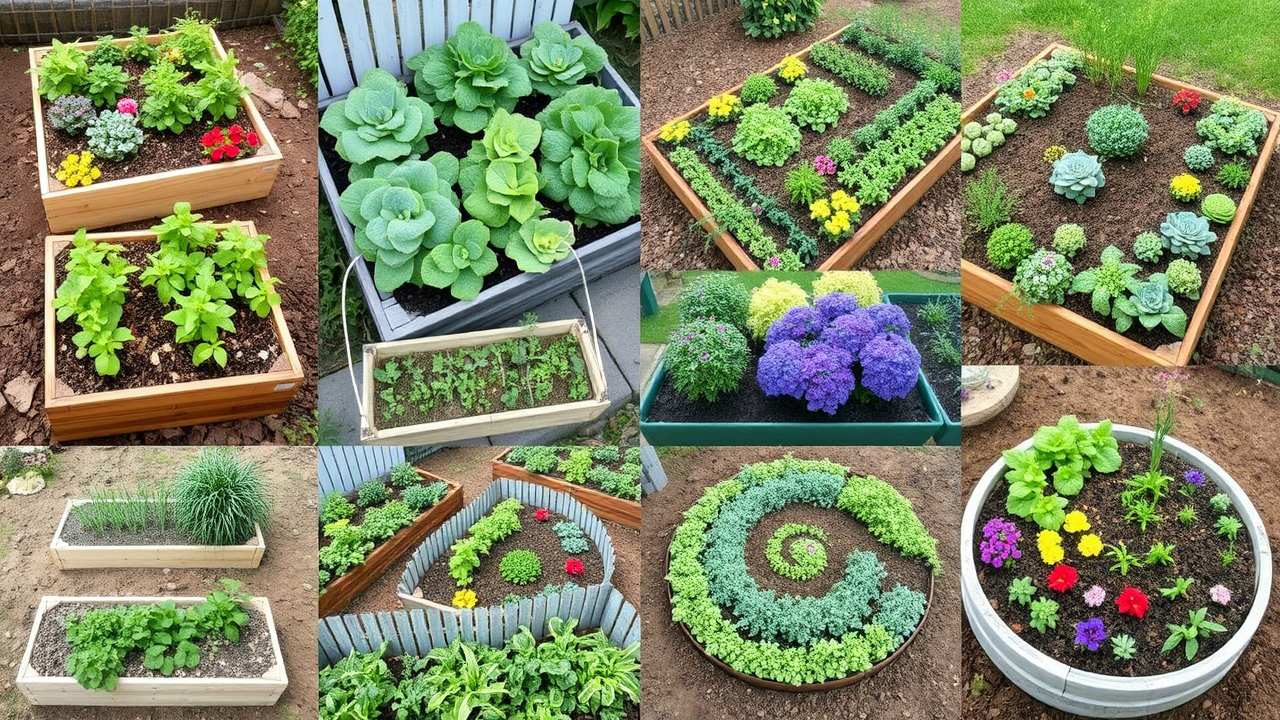There’s a quiet charm in planting carrots next to cosmos.
Potager gardens do this to you—they blend food and beauty till they’re one.
And it’s not just about looking good. It’s about purpose.
A potager isn’t just a garden. It’s a living quilt. A messy, flavorful, wildly useful patchwork of edible art.
You want a dream harvest?
You’re in the right dirt.
Here are 20+ potager garden design layouts that’ll make your neighbors jealous and your salad bowl divine.
1. The Classic French Parterre-Style Layout
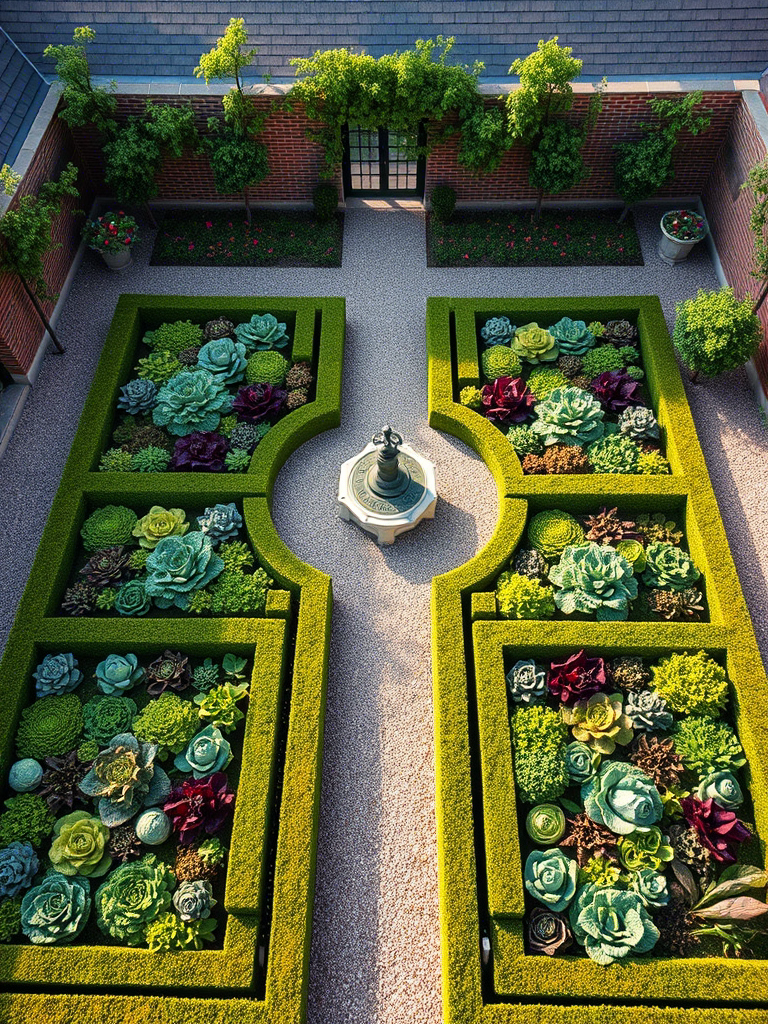
Start with straight lines and neat geometry.
Add some rosemary, maybe lavender on the borders.
And boom—elegance meets utility.
A traditional parterre design uses low hedges to divide sections. Think clipped boxwood or even dwarf thyme if you’re in a mood.
Inside each square or triangle, plant your veggies like they’re treasures. Because they are.
Cabbage beside calendula. Beets rubbing leaves with nasturtium.
Symmetry is king. But flavor’s the real crown.
It’s like Versailles, but you can eat it.
2. The Spiral of Plenty
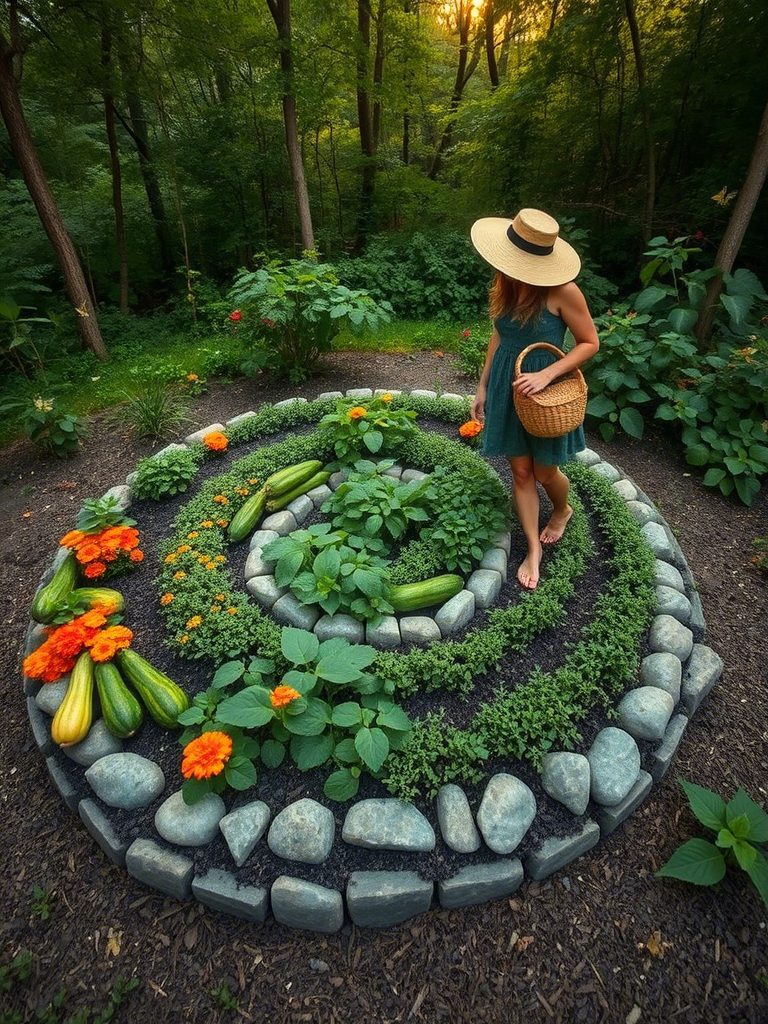
Ever tried growing your lunch in a spiral?
Start from the center, wind outwards. Herbs in the middle—basil, chives, dill.
They like the height, the sun.
Next circle out, toss in some lettuce. Then peppers, beans, radishes, a tomato or two.
The curve lets you cram more plants in less space. Plus, it looks like a snail doing yoga.
Water flows naturally downward too, so the dry-lovers go up top, the thirsty folks chill below.
Smart, right?
People will ask, “Why a spiral?”
You say, “Why not?”
3. The Four-Quadrant Plan
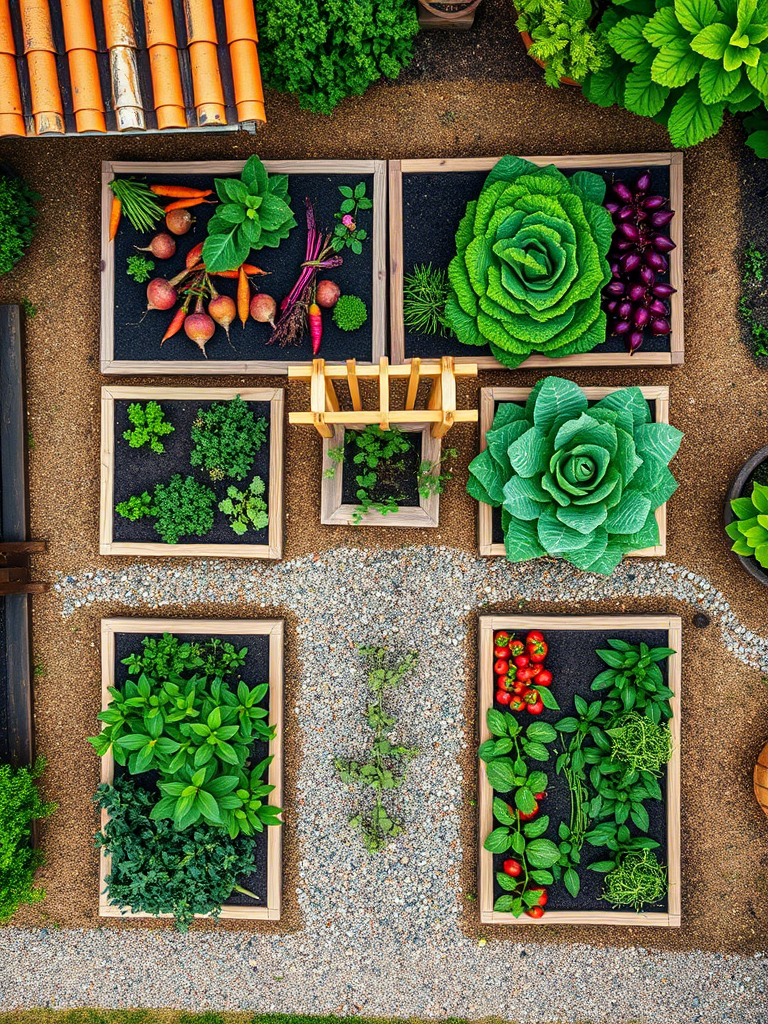
Divide your plot into four squares.
North, south, east, west. Boom—organized chaos.
One for root crops: carrots, onions, garlic.
Another for leafy greens—kale, chard, lettuces that gossip in the wind.
The third? Fruits and pods—peas, beans, tomatoes.
And the last square? Stick herbs or flowers for pollinators. Zinnias and borage. A few sunflowers thrown in like confetti.
Rotate each year. The soil stays happy.
You don’t get bored. The snails get confused.
Everybody wins.
4. The Cottagecore Jungle
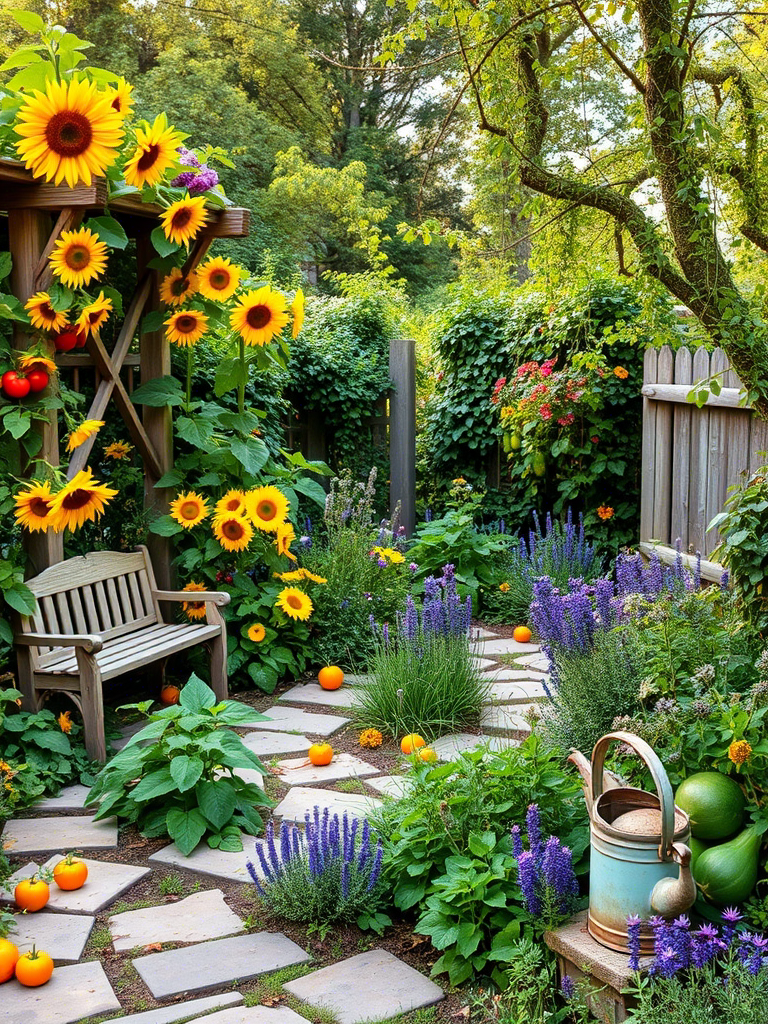
No rows. No rules. Just vibes.
Think overgrown, charming, slightly chaotic.
This layout mixes veg with ornamentals so tightly, it’s like they eloped and never looked back.
Let strawberries snake beneath foxgloves. Cucumbers climb trellises next to snapdragons.
Grow mint (in a pot unless you want a mint invasion).
Drop wildflowers between beets. Stick leeks where they don’t belong.
It’s messy. It’s magical.
Looks like it shouldn’t work. But it does.
Just don’t wear white shoes.
5. The Raised Bed Grid
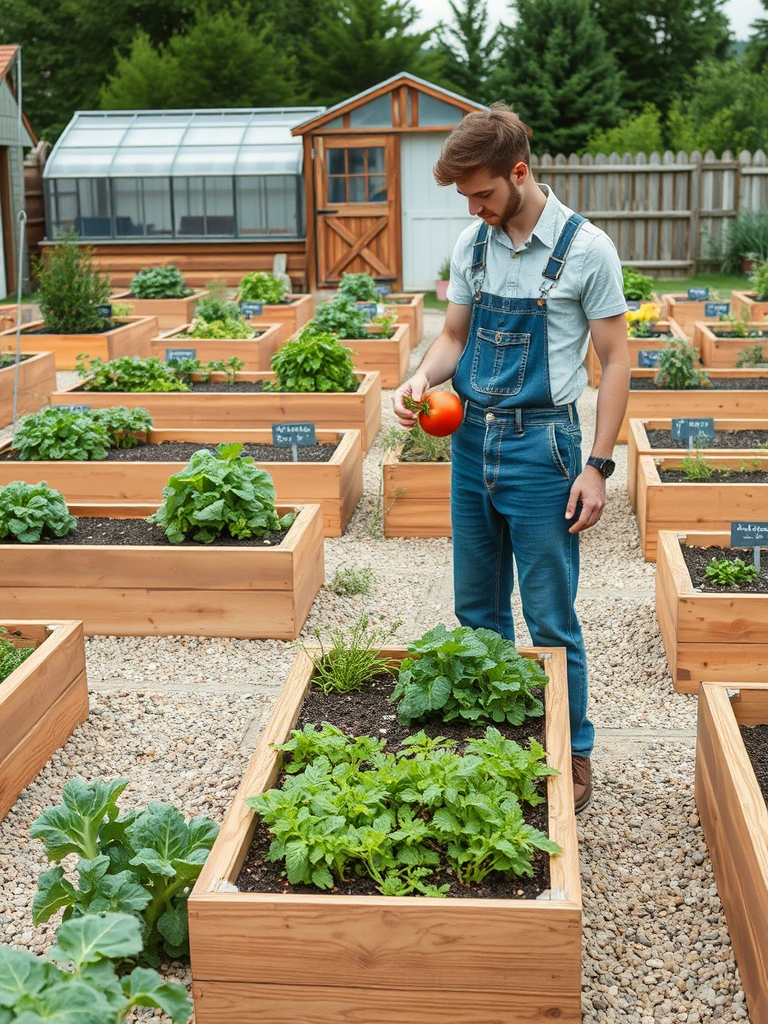
Wood frames. Clean lines. Total control.
It’s the IKEA of gardens. Flat-pack your food.
Divide the space into squares or rectangles. Make ‘em 4 feet wide, tops. So you can reach without face-planting into your kale.
Fill ’em with rich soil. Maybe compost that smells… suspiciously healthy.
Grow one crop per bed or mix it up. Go wild with spacing—lettuce loves crowding, but squash? Give that diva space.
Bonus: Easier to weed. Easier to water. And they look kinda adorable.
Stack some pea gravel between the beds and voilà—your muddy garden just got a glow-up.
6. The Circle Garden
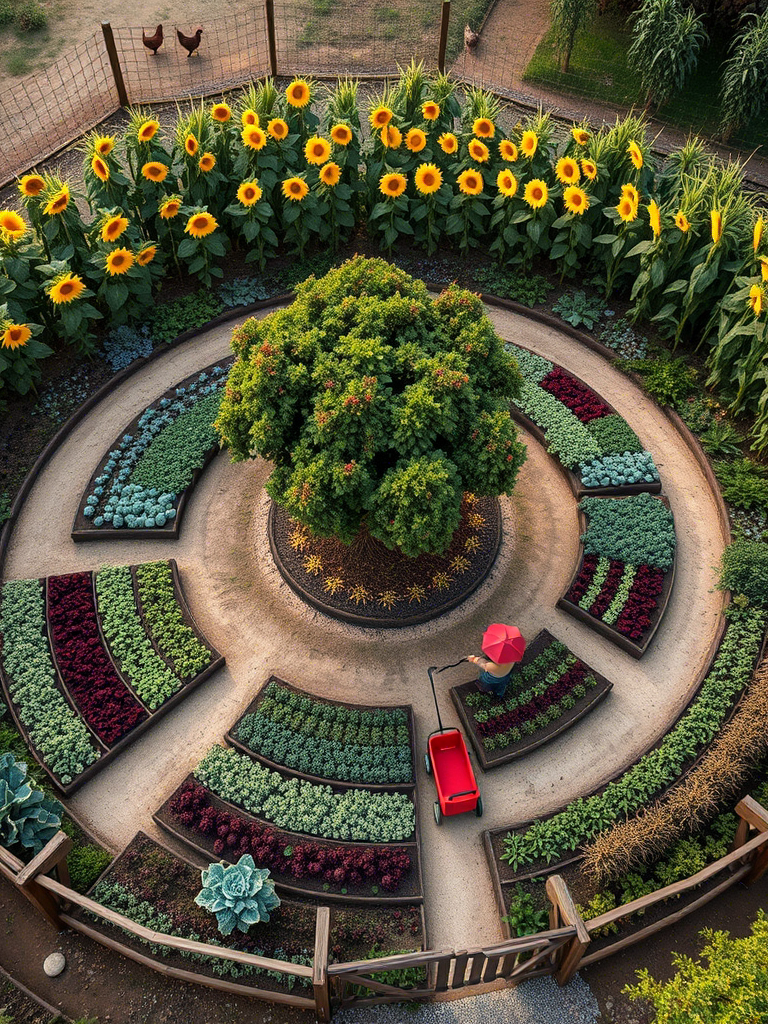
This one’s for the rebels.
If rows give you hives, try a circle layout.
One big central herb hub—maybe sage or thyme. Surround it with rings of crops. Like green ripples in a pond.
Corn, then beans, then squash. The Holy Trinity of companion planting.
Circles confuse pests. Like, “Where’s the kale? Wait… was that the lettuce again?”
And you? You just spin around harvesting like you’re in a nature ballet.
Beware of dizziness though. It’s real.
7. The Keyhole Garden

Now we’re getting clever.
Picture a circle with a slice cut out—like Pac-Man. That slice is your walkway in.
In the middle? A compost basket. It breaks down scraps and feeds the soil from the inside out. Genius, right?
Around it, arrange your crops like pizza toppings.
Tomatoes over there, basil right beside, a sprinkling of radish along the crust.
These are great for hot, dry climates. They hold water better than secrets.
And yes—keyholes are weirdly satisfying to look at. Feels like you’re unlocking your garden every time.
8. The Herb Spiral With Veggie Wings
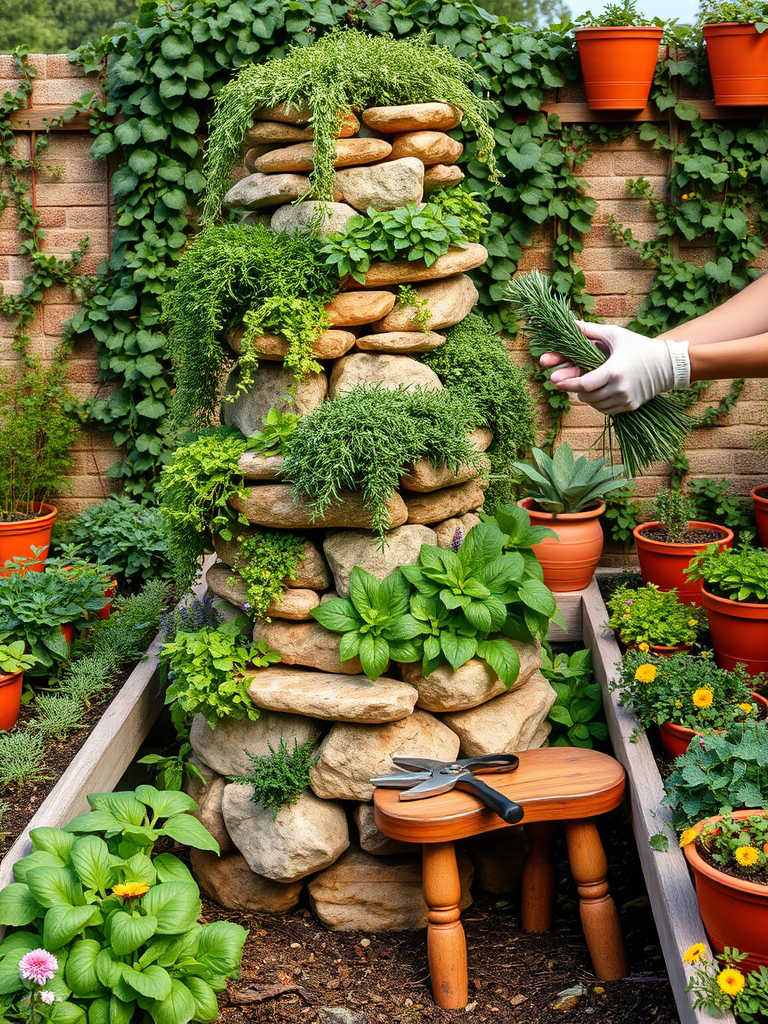
Take your average herb spiral. Now give it arms.
To either side, build narrow veg rows—maybe a foot wide each.
The spiral hosts your aromatic powerhouses. Oregano, lemon balm, rosemary.
The wings? Quick crops. Radish, rocket, baby spinach. All in a rush to your plate.
This combo layout saves space. And scent.
The herbs repel pests. And you get your lunch plus seasoning—all in one elegant spin.
Bonus: it looks like a fairy built it. A fairy with a trowel and good taste.
9. The Vertical Veggie Wall

Short on space? Grow up, baby.
This layout isn’t flat. It climbs.
Use pallets, wall planters, trellises, towers—heck, hang old boots if you’re brave.
Plant cherry tomatoes, cucumbers, strawberries. Even small peppers if they behave.
Below, grow low-lying herbs and leafy greens. They catch shade from the taller plants. Everyone gets a cozy spot.
A vertical potager turns a boring wall into a gourmet pantry.
And you don’t have to bend over. Praise be.
Just watch out for watering. The top dries faster than gossip in a small town.
10. The Pollinator-Food Patchwork
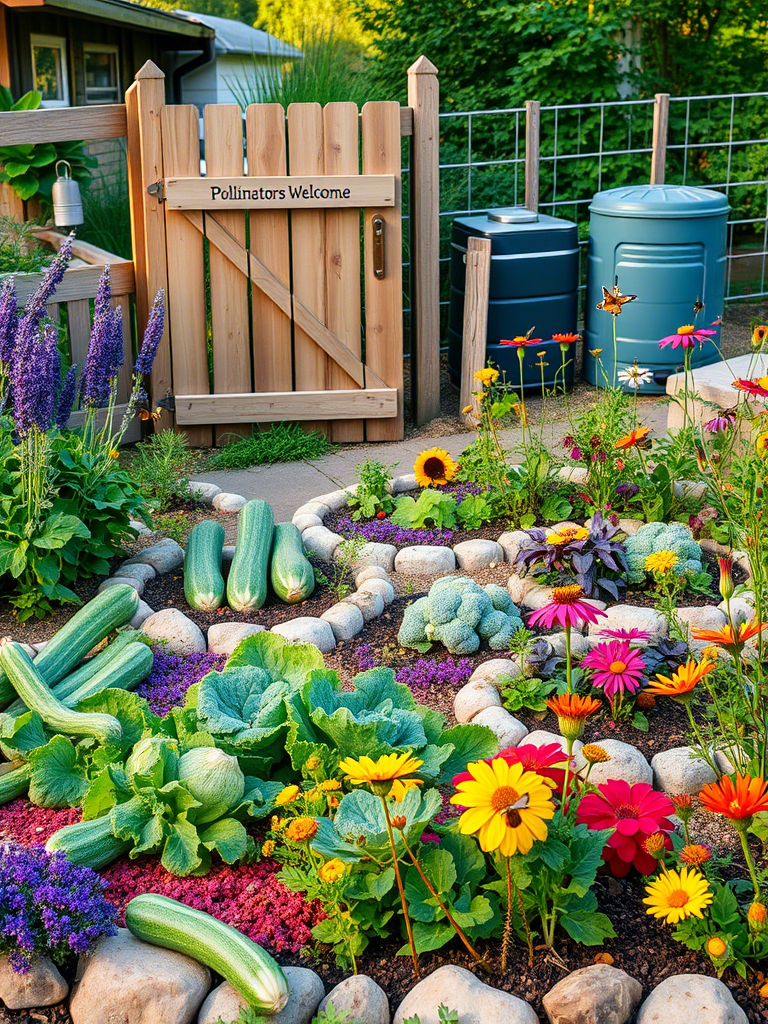
This one’s for the bees. And the butterflies. And, well, your belly.
Design your layout like a patchwork quilt.
One square? Carrots. Next? Coneflowers. Then basil. Then bee balm. Tomatoes. Zinnias. On and on.
The flowers attract pollinators. They stick around for the show, but also cross-pollinate your edibles.
Result? More fruit. Better yield. Happier bugs.
Use mulch paths in between to keep weeds down and give it that “happily chaotic but weirdly efficient” look.
And trust me—when you see a monarch fluttering past your kale, you’ll smile mid-munch.
11. The Mandala-Inspired Layout
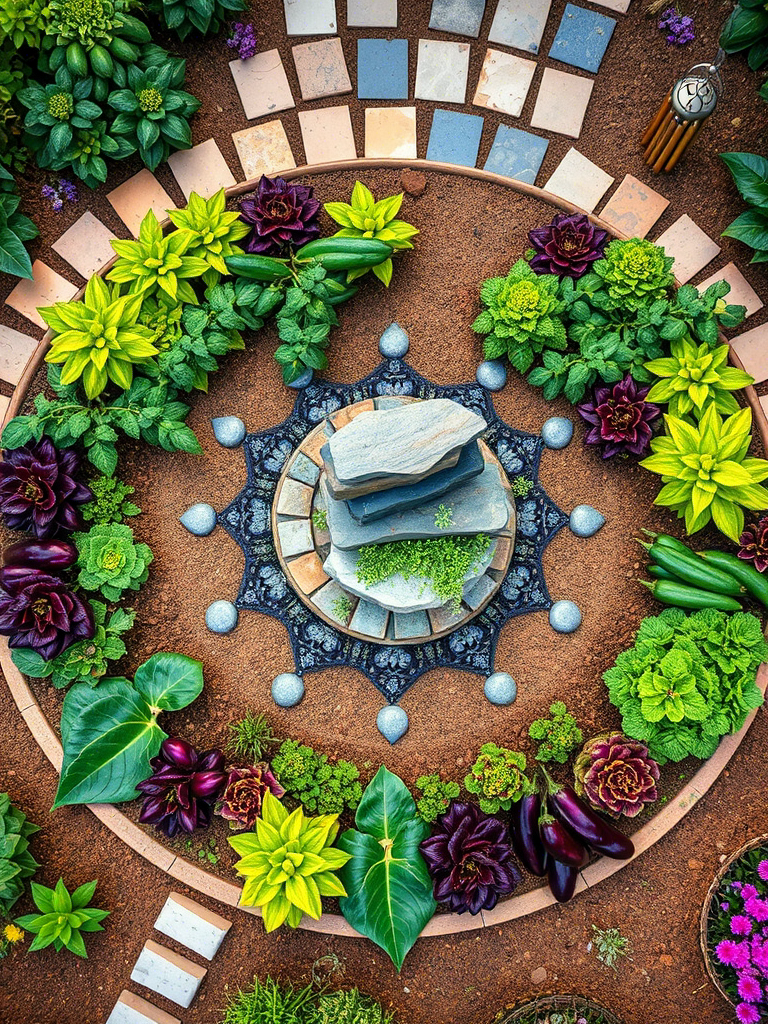
Ever sat in the middle of your garden and just… felt peace?
That’s the goal with this design.
Picture circles within circles. Start with a center—maybe a tall, bold plant like artichoke or sunflower. Then spiral out with evenly spaced plant wedges like a pizza made of lettuce, basil, radish, and more.
Use stepping stones between the slices for access.
This isn’t just for food—it’s for your soul.
And when the sun hits those petals just right? Pure garden nirvana.
12. The Moon Garden Potager
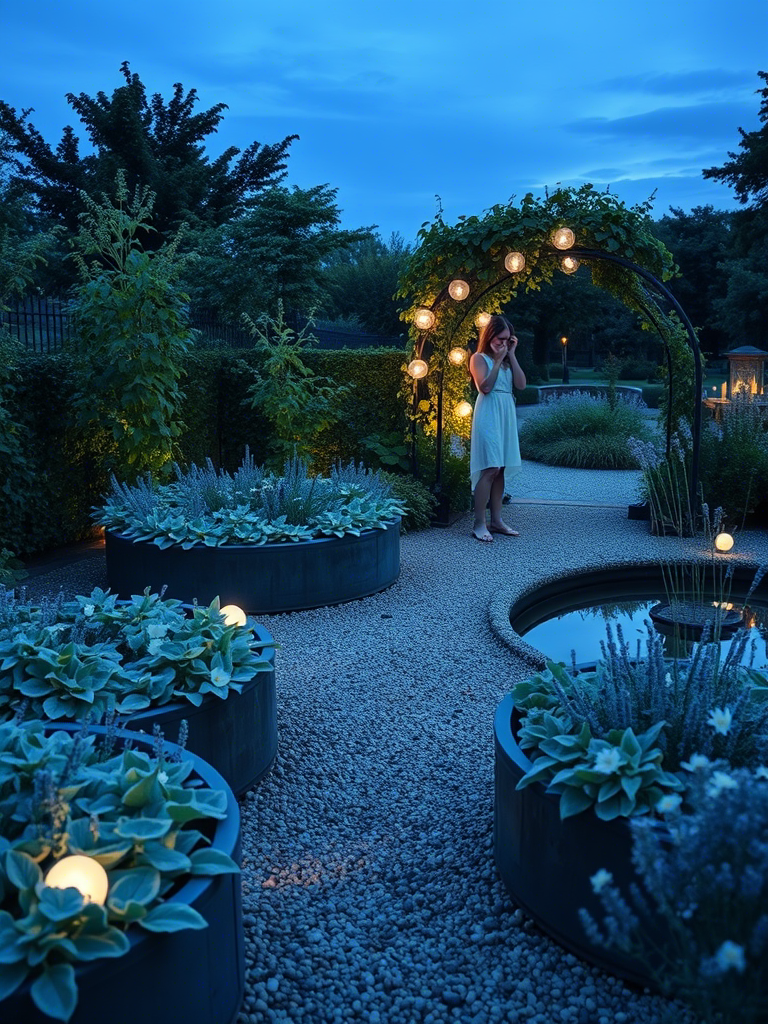
Only night owls need apply.
This one’s designed to shimmer in the dark. Pale veggies like white eggplant, silver-leaved herbs, moonflowers, and white-petaled alyssum steal the show after sunset.
Set it up in crescent shapes or lunar phases. Add soft solar lights and let silvery leaves dance under the stars.
Grow what glows.
Midnight mint tea harvested under moonlight? That’s the dream harvest nobody told you about.
13. The Edible Maze Layout
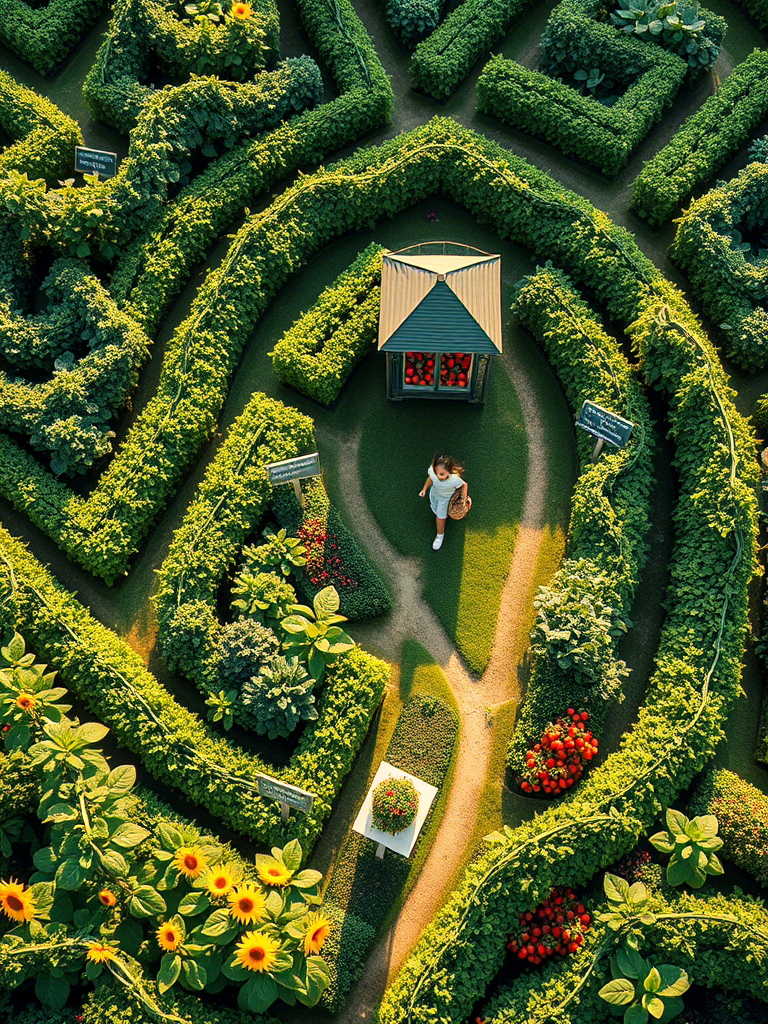
Who said veggies can’t be fun?
Build a small maze using hedge-like plants—maybe dwarf kale or rosemary borders. Inside each turn? Surprise crops.
One path leads to cherry tomatoes. Another? A patch of lemon verbena. One wrong turn, and oops, you’re at the peas again.
This is especially awesome for kids. Or grown-ups who act like ‘em.
Just don’t plant anything too tempting by the entrance or you’ll never explore the rest.
14. The Balcony-Box Grid
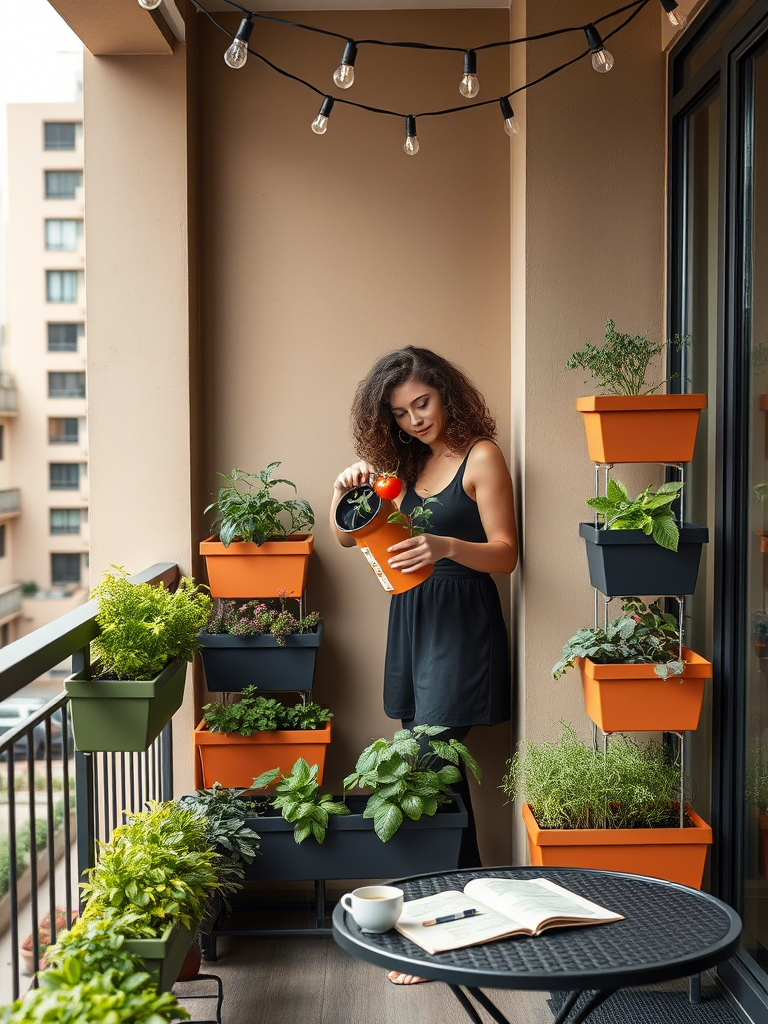
Small space? We’re going vertical and modular.
Line up large window boxes or wide planters in a tight grid across your balcony or porch.
Group herbs together, then quick-harvest greens, then dwarf tomatoes and peppers. Use trailing plants like thyme or strawberries to spill over the sides.
It’s like a living mosaic.
A few wheels on the boxes? And boom—you’ve got a mobile potager. Rain? Sun? You’re in charge now.
15. The Zen Strip Garden
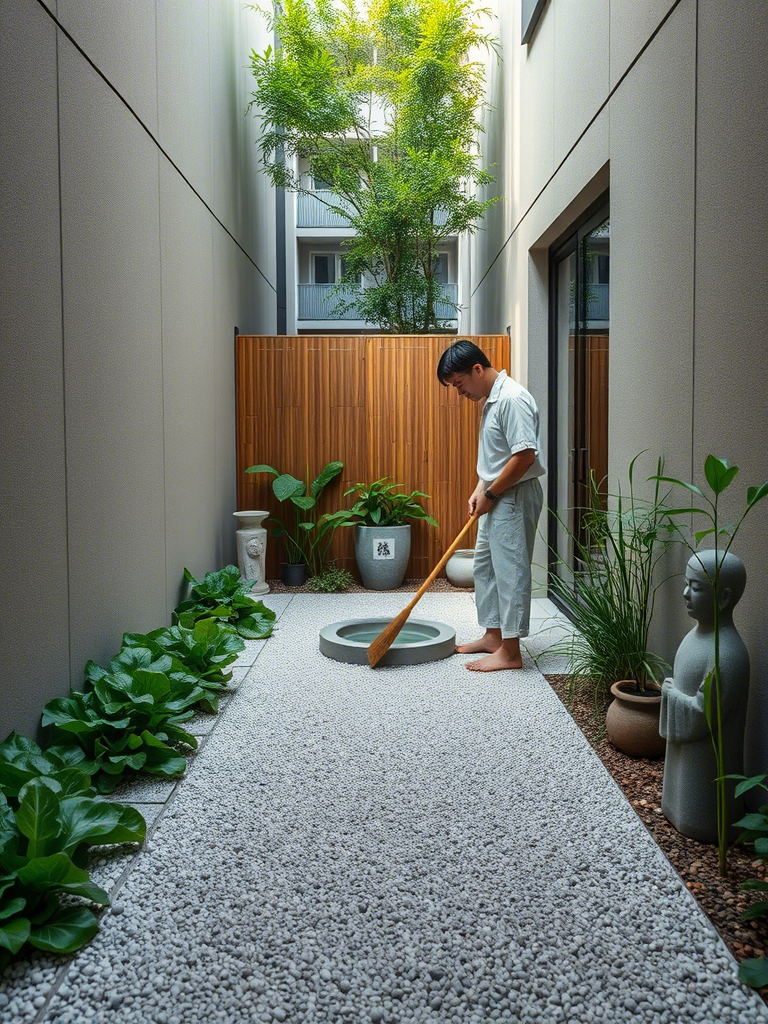
Narrow backyard? Skinny side yard? Use it.
This design uses a long strip—just 2 to 3 feet wide—and turns it into a calming, productive ribbon of green.
Alternate zones: a lettuce patch, then a few stepping stones, then some mint and pansies, then trellised beans, then herbs in clay pots.
Add small gravel areas for grounding energy and visual rest.
Less is more. Unless it’s basil. Then more is more.
16. The Storybook Layout
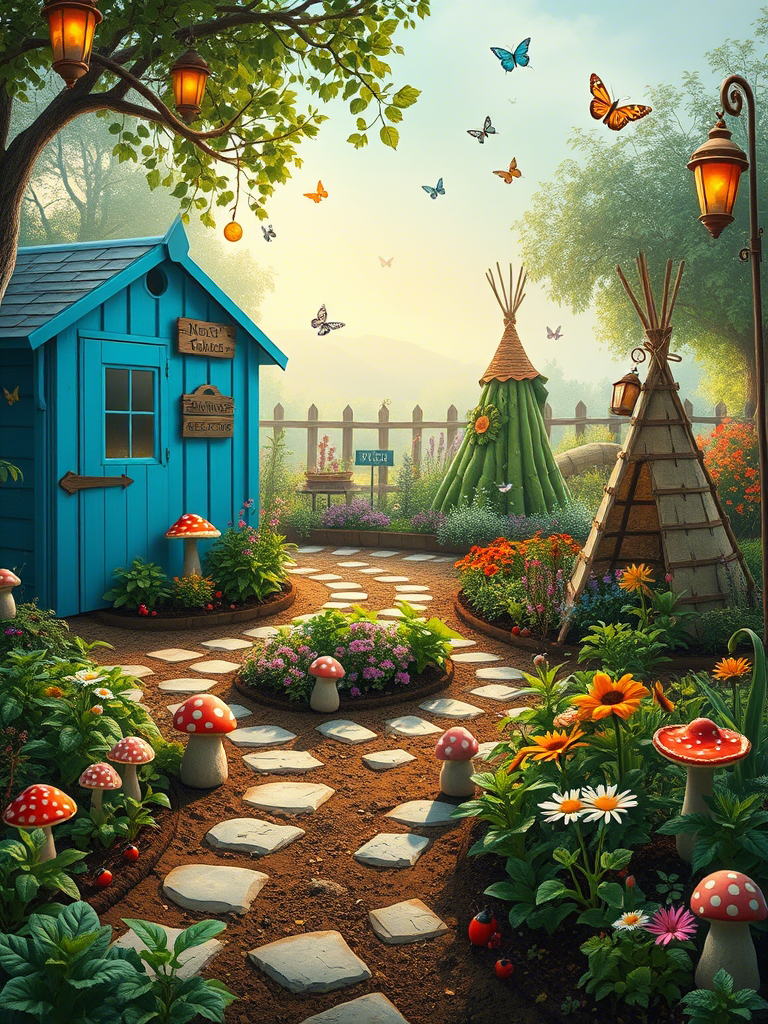
Inspired by gardens in fairy tales. Seriously.
Use curving stone paths to guide visitors. Around every bend, place whimsical clusters of both edibles and florals.
Think curly kale next to snapdragons. Rhubarb flanking delphiniums. Strawberries poking out near stepping stones shaped like mushrooms.
Tuck a teacup planter somewhere. Or an old watering can spilling mint.
This one’s not just a harvest. It’s a narrative.
17. The Fire Ring Garden
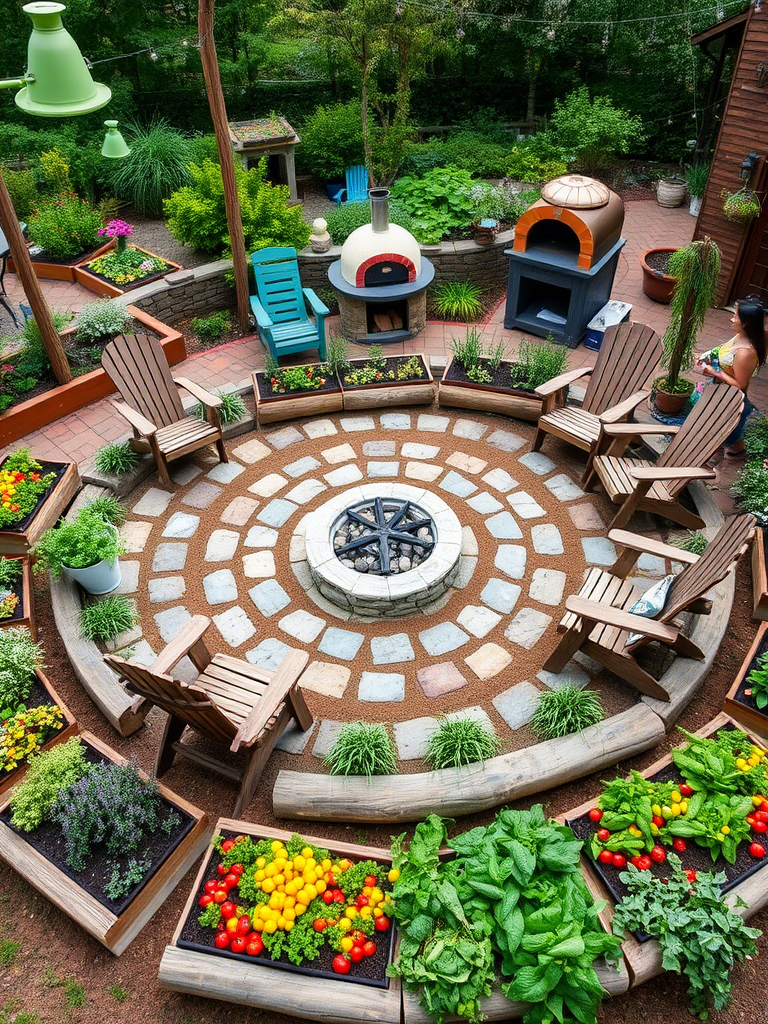
Feeling spicy?
Arrange your plants in a bold fire-circle design. Use reds, oranges, and warm-toned crops and flowers—like red chard, scarlet runner beans, calendula, and hot peppers.
Surround with maroon basil and nasturtium to crank up the heat.
In the center, maybe a copper planter with chili peppers blazing out like fireworks.
This one’s drama in the best way. Not for the faint of tastebuds.
18. The Secret Garden Alcove
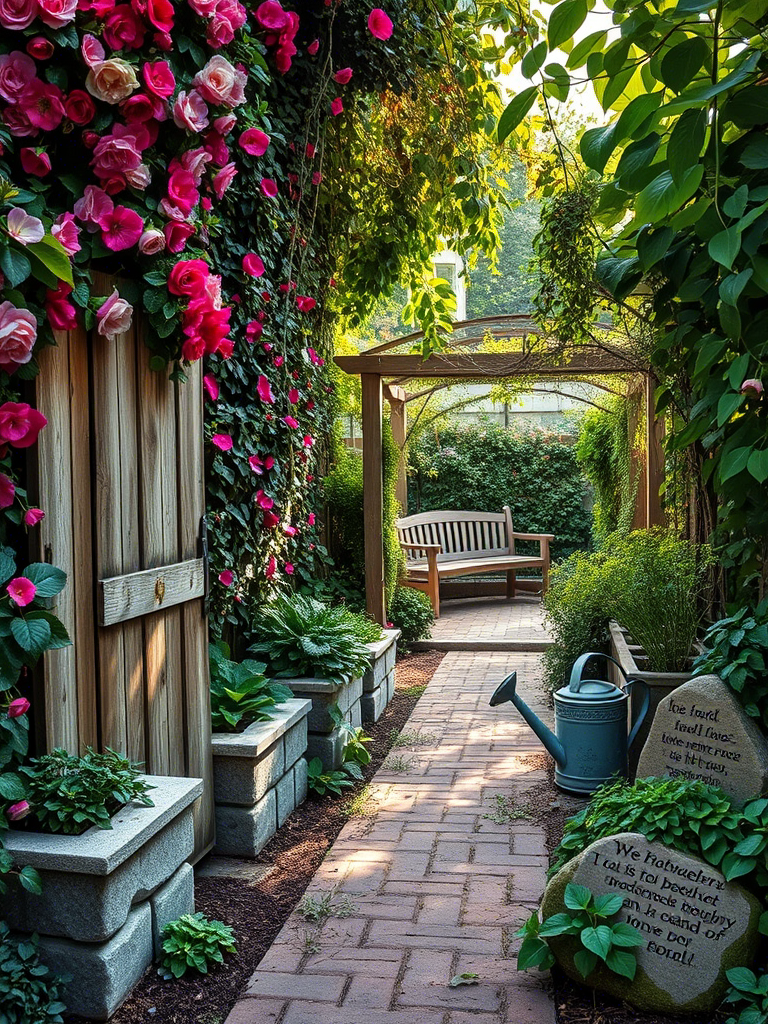
Not all potagers have to be in full view.
Create a secluded corner of your yard and surround it with taller shrubs or trellised vines.
Inside? A hidden patch of edible goodness.
Soft paths of thyme, clusters of lettuces, a tucked-away bench. Maybe a small water bowl for birds or butterflies.
It’s where you go when you wanna be alone with your cucumbers.
Which, honestly, is more often than you’d think.
19. The Checkerboard Layout
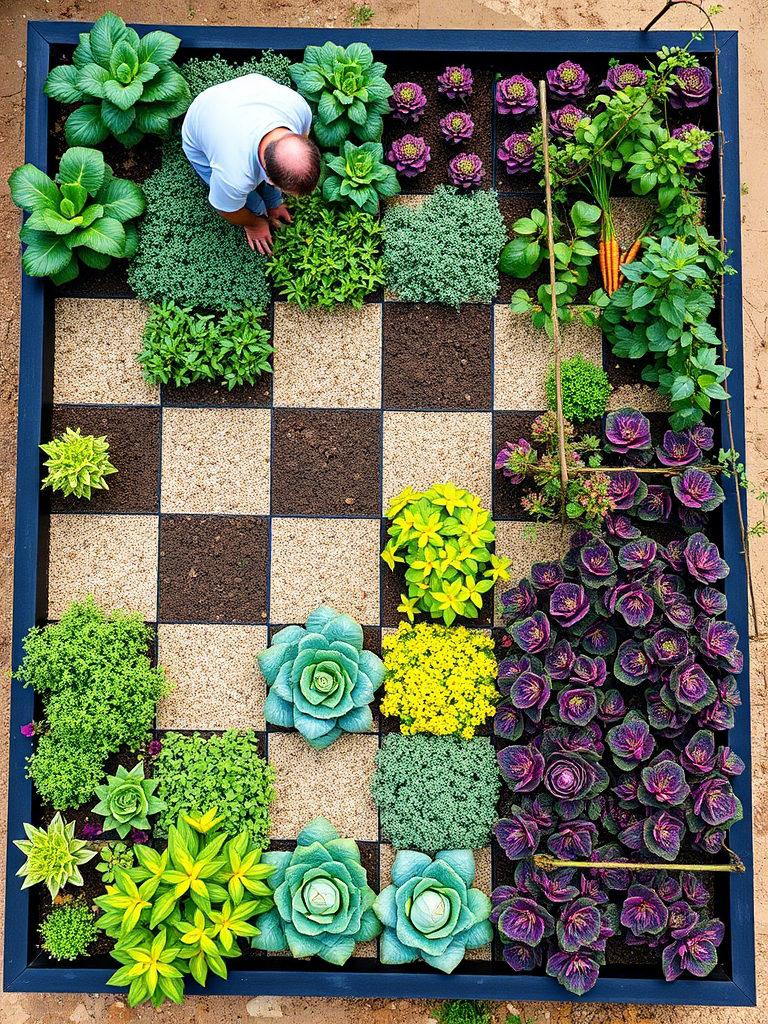
Alternate squares of veggies and flowers like you’re playing chess with nature.
Use concrete pavers or wooden frames to lay out a tight checker pattern.
In one square? Marigolds. Next to it? Spinach. Then zinnias. Then carrots.
It’s a garden with rhythm, a beat. And also? Easy to maintain. Easy to plant. Easy to harvest.
And it looks ridiculously cool from above.
20. The Potager Border Garden
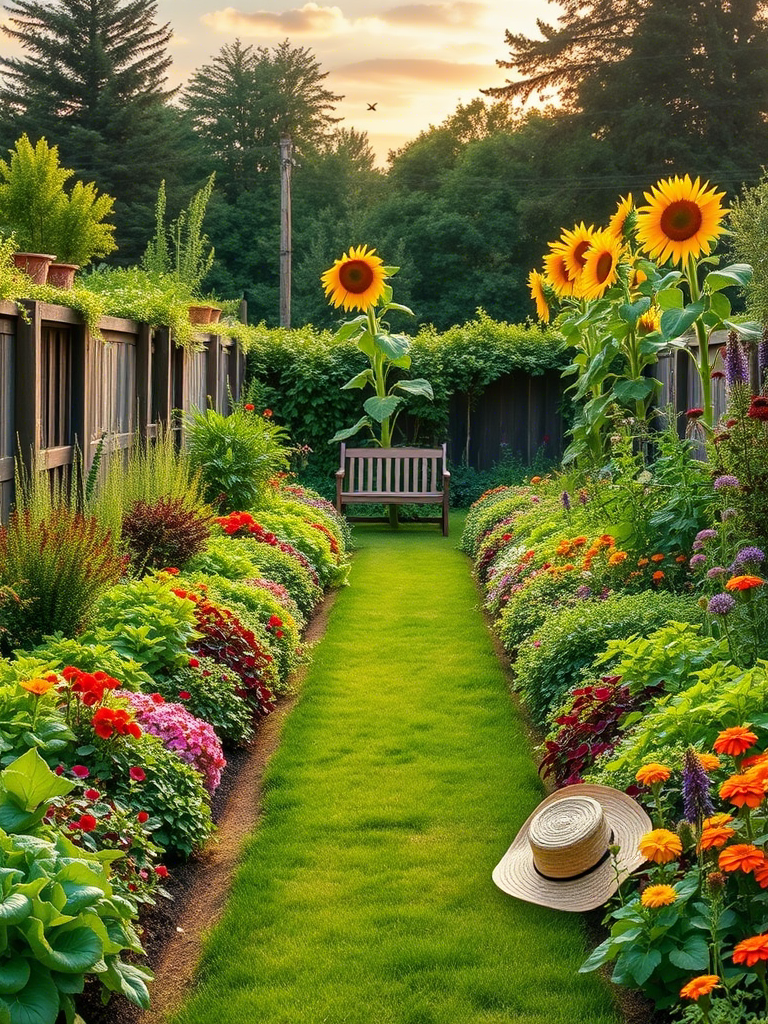
Don’t want a central garden? Let it hug your space instead.
This layout wraps around the edges of your backyard or patio. A border of edibles and blooms that says, “I garden… with style.”
Place taller crops like corn or hollyhocks at the back. Fill the front with trailing herbs, low lettuces, calendula, even creeping thyme.
It frames your yard in productivity and beauty.
And best of all? The middle stays open—for a picnic, a dance, or just lying on the grass thinking about zucchini.
Potager Garden Tips No One Told You
Always plant mint in a jail. A pot. Maybe even with parole conditions.
It will try to take over.
Don’t forget vertical accents—tripods, trellises, arches. They break the visual flatness.
Also… they just look cool.
Want colors to pop? Purple basil. Rainbow chard. Marigolds like firecrackers.
Rotate your crops each season. Not only for soil health, but to keep you from getting bored stiff of staring at the same lettuce.
Interplant like a gossip—let carrots spill secrets to tomatoes. Let basil whisper to peppers. Plants like friends.
And don’t forget a seat. Just one.
To sip, stare, and smile.
Final Thoughts (But Not Really Final)
A potager isn’t built in a day.
But start, and it becomes—becomes you, honestly.
It teaches you patience.
And forgiveness. You’ll forget to water. Something’ll bolt. Aphids will party like it’s their birthday. And it’s fine.
It’s always fine.
Because when you pick your first handful of something you planted with your own slightly chaotic hands?
You’ll get it.
The joy isn’t just in the harvest.
It’s in the layout. The design. The dance of leaf and flower and flavor.
So pick one of these 20+ layouts. Or mash ‘em together into something weird and wonderful.
Your dream harvest is out there.
You just gotta grow it.

Emma is a passionate home decor enthusiast and the voice behind Home Evoke. With a keen eye for design and a love for transforming spaces, she shares her expertise and creative ideas to help others create beautiful, functional homes. Through her blog, Emma inspires readers with practical tips, trend insights, and DIY projects that make home styling effortless and enjoyable.

